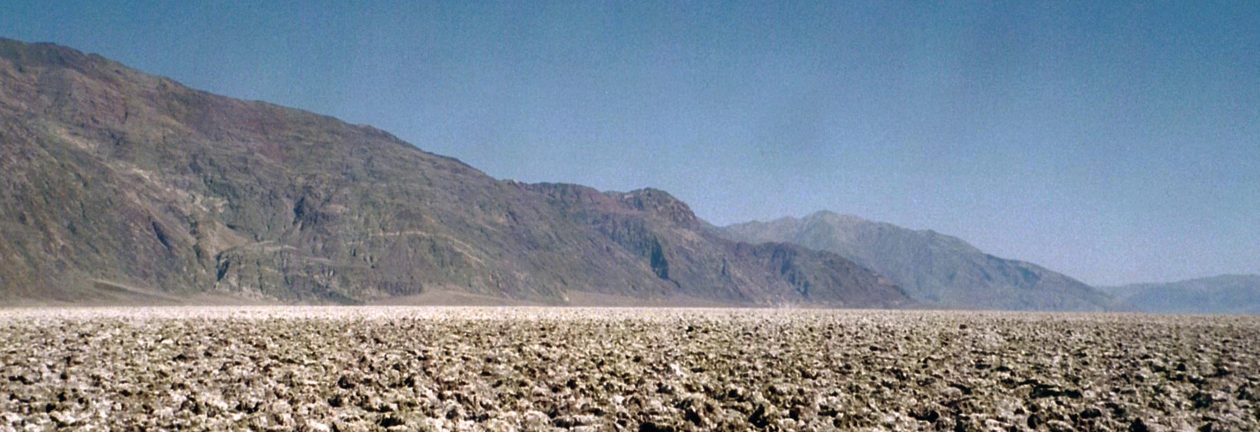Beirut, Lebanon
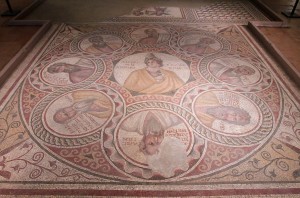
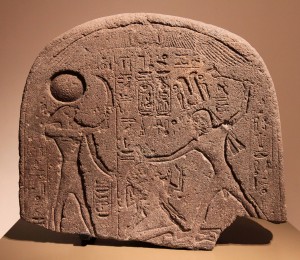
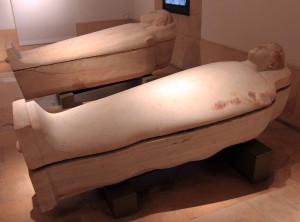
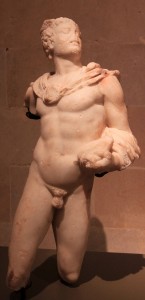
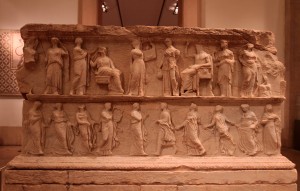
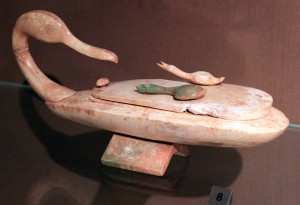
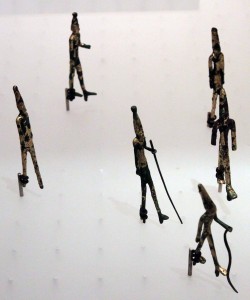
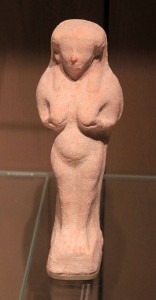
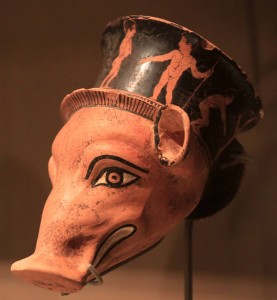
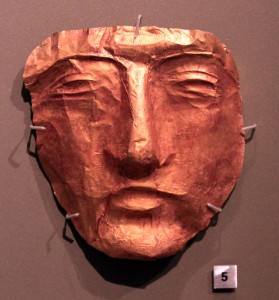
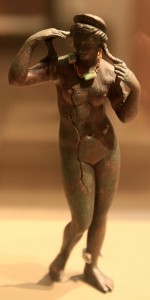
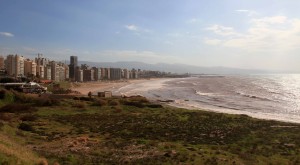
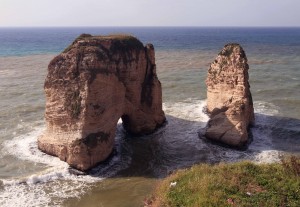
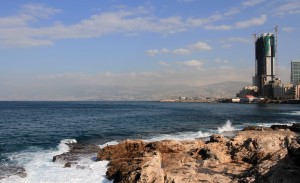
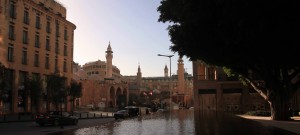
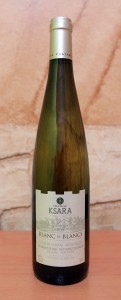
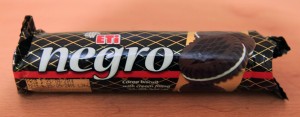
I woke up, showered, dressed, and walked out of the hotel and in to a bright sunshining day. I then walked south to the Beirut National Museum. It was a small national museum, but well ordered, clean, and professional-looking; although I liked the American University of Beirut’s Archaeological Museum better (they had better explanations with their displays). Inside the museum, I enjoyed looking at all the mosaics and statues displayed, as well as the pottery and metal figurines. After walking around the first and second floors of the museum and seeing all that there was to see (to include a display of several artifacts irreparably damaged during the Lebanese Civil War), I exited the building and walked westward to the Mediterranean Sea. Along the way, I saw a couple unusual things; first, there was an old woman picking leaves off of a weed growing next to the sidewalk and she was eating each leaf she plucked off; second, I saw a number of buildings that still bear popmarks from the Civil War, scars from bullets that for whatever reason have never been patched up. As I neared the sea, I came up to a military checkpoint and I turned north to avoid it; I then stopped at one small mall to look in to purchasing some shoes, but I did not like what they had available (NOTE: while walking around Beirut today, I noticed many soldiers staring at me and a couple of them even getting their partners’ attention as I walked by; I imagine with the constant threat of terrorism and Hezbollah, my fanatic-looking beard is a concern for soldiers and police (most Lebanese men I’ve seen do not have beards); apparently beards are more alarming in Lebanon than in Egypt; I just hope I don’t killed over mine – that would suck). I then descended down a hill in an apartment area and finally reached the corniche, just north of the public beach on Beirut’s western shore. I walked north on the corniche and came to Rawcheh Rocks (also known as “Pigeon Rocks”), two large rocky outcrops near the shore with the larger one having a natural tunnel through it – this is actually one of the big tourist draws in Beirut, which goes to show just how little there is to see in this very modern city. After taking the necessary pictures of the rocks, I walked along the corniche on the northside of Beirut, past the American University, and to the Souqs of Beirut. Inside the souqs, I found a Timberland store and I found some reasonably priced and decent looking shoes to replace the nasty, smelly, eight-month old shoes I have been wearing throughout the entire duration of my trip thus far (they were long overdue to be replaced). Next, I walked to the bus stop near the hotel I’m staying at and inquired about how I could get to Kfardebian by bus (I received directions, but ended up taking a taxi the next day instead). I then stopped by a store to get some Gatorade and snacks before stopping at a sandwich shop where I had two chicken shawarma wraps. After that late-afternoon meal, I returned to the hotel, typed out yesterday’s journal entry, and drank a bottle of Lebanese Chardonnay (it tasted of lemon and pineapple and not much else, but it was quite drinkable). After finishing my journal entry, I hung out with the Australian-Korean guy; he needed to replace an ear-muff on his headphones and I decided to accompany him on his walk through Beirut at night to try and find a store that sold a usable replacement piece; we walked east, all the way up to the Armenian part of town, but did not find a store. We then stopped at two stores where the Australian-Korean bought a bottle of Scotch for his roommate’s birthday and some cat food and kitty litter for his pet (he has a cat with him in one of the dorm rooms); next we stopped at a liquor store, that had an impressive selection, and I bought a bottle of Absinthe. We then returned to the hotel and the Australian-Korean, a Belgian, a Swiss, and myself finished off the bottle of Absinthe; I had three glasses and was working on the fourth, but had to call it quits just after 01:00 (sometimes my mind actually knows when my body has had enough . . . other times interesting nights can ensue); I immediately went to bed and fell asleep. I didn’t have any crazy dreams and I never saw the Green Fairy, so I suspect that bottle of Absinthe was bogus, though it did make me feel like garbage the next day.
